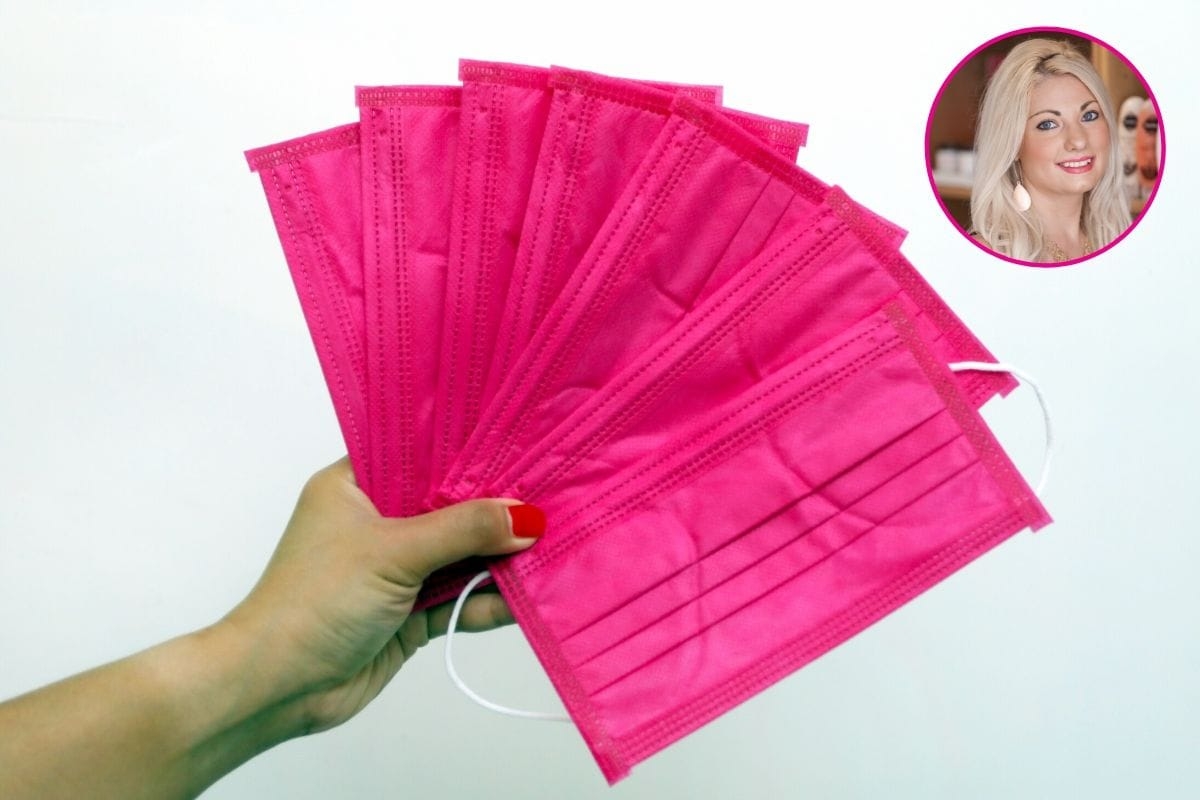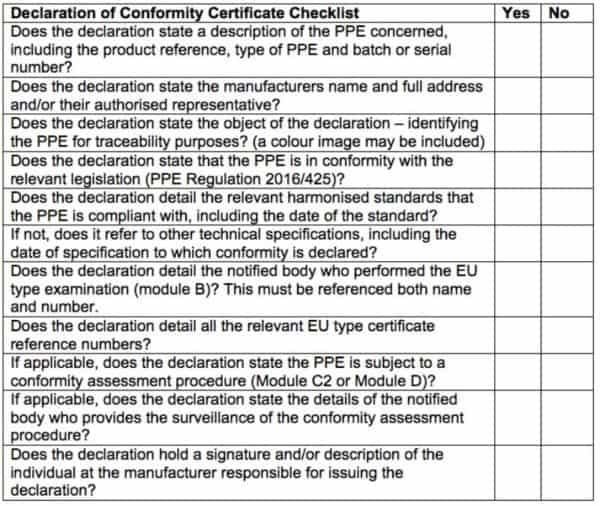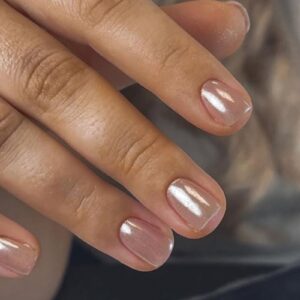
PPE for nail techs: important points to consider
By Katie Barnes | 21 June 2020 | Expert Advice, Feature

PPE (Personal Protective Equipment) is equipment that will protect you against health or safety risks while performing your job. This has always been a requirement of COSHH (Control of Substances Hazardous to Health) for nail techs and in the current pandemic, it is also required to protect you, your workers and others from coronavirus (Covid-19). PPE can include items such as gloves, masks, face shields, aprons, and eye protection.
To understand what PPE is necessary for each individual business, a risk assessment is necessary. You can find a template by clicking here, including a COSHH assessment and subsequent PPE requirements, which you can carry out here.
Government specific sector Covid-19 guidance and regulations for the nail and beauty industry will be published in the coming weeks but while you wait for these, now is the time to familiarise yourself with the process of purchasing genuine, safe PPE and how to use and remove it correctly.
Each country and region will have different guidelines and it is important to follow the ones applicable for your area.
What to look for?
- For PPE to be effective, it is fundamental to purchase genuine and safe products. Here are some considerations:
- Only source PPE through reputable suppliers and avoid purchasing from third party online sellers, particularly those with extremely competitively priced products. Some of these sites are selling counterfeit PPE.
- Check with your supplier on what PPE is appropriate, these recommendations can also be found on your SDS.
- Face coverings are not PPE as they do not protect you from work-related hazardous substances.
- Purchase good quality products which are CE marked and comply with the requirements of Personal Protective Equipment (Enforcement) Regulations 2018 and Regulation EU 2016/425 of the European Parliament and of the council. The CE marking signifies that the PPE satisfies certain basic safety requirements and, in some cases, will have been tested and certified by an independent body.
- Check your purchase is provided with a Declaration of Conformity and with accompanying instructions in English. If a European Standard has been applied, it will be specified on the Declaration of Conformity.
- Some items are available that claim CE approvals but they have not been appropriately certified.
Use this guide to check the authenticity of the certificates:

If you have answered no to any of these or yes to the last question, you must contact the supplier for more clarification and if necessary, report to trading standards and necessary bodies.
Check for counterfeit PPE by understanding CE and Declaration of Conformity certificates.

If you have answered no to any of the above questions or have not been provided with a Declaration of Conformity then you should contact your supplier and the necessary bodies.
- There are very few non-EU notified bodies.
- Choose equipment that suits the wearer – consider the size, fit and weight.
- If more than one item of PPE is worn at the same time, make sure they can be used together without compromising the efficiency of either e.g. googles and a face mask.
- Check use by dates. The equipment may not be effective is used after this recommendation and will not comply with Personal Protective Equipment Regulations.
How to wear and remove PPE
Investing in PPE is redundant if it not worn or removed correctly. Follow the guides from Public Health England:
PPE is only protective if you have been trained in the correct method of application. This is where purchasing from a reputable supplier is beneficial as they can advise on usage, storage and safe duration of use. Additionally follow guidelines from your local authority and Public Health England.
Who is responsible for PPE?
Under the Personal Protective Equipment Regulations, employers are responsible for providing their employees suitable PPE and training in its usage. Educate the importance of why it is needed, when to use it and what its limitations are.
Self-employed techs are responsible for this themselves but may be required to follow set guidelines if renting a desk in a salon.
It is a business’ responsibility to provide PPE to visitors who need protective clothing. This includes clients. It is required to ensure that customers are wearing effective and safe PPE to protect themselves and you. By providing this, you can confident in its efficiency.
Cost
Upon the return to work, a price increase is inevitable, the additional PPE should be factored into this.
Useful sources to visit when checking PPE compliancy and regulations are: British Safety Industry Federation, www.gov.uk and www.hse.gov.uk
Invest in the right and safe PPE, its usage and removal to ensure its effectivity to keep both you and your clients safe.
Love Katie B x

Read the latest issue








